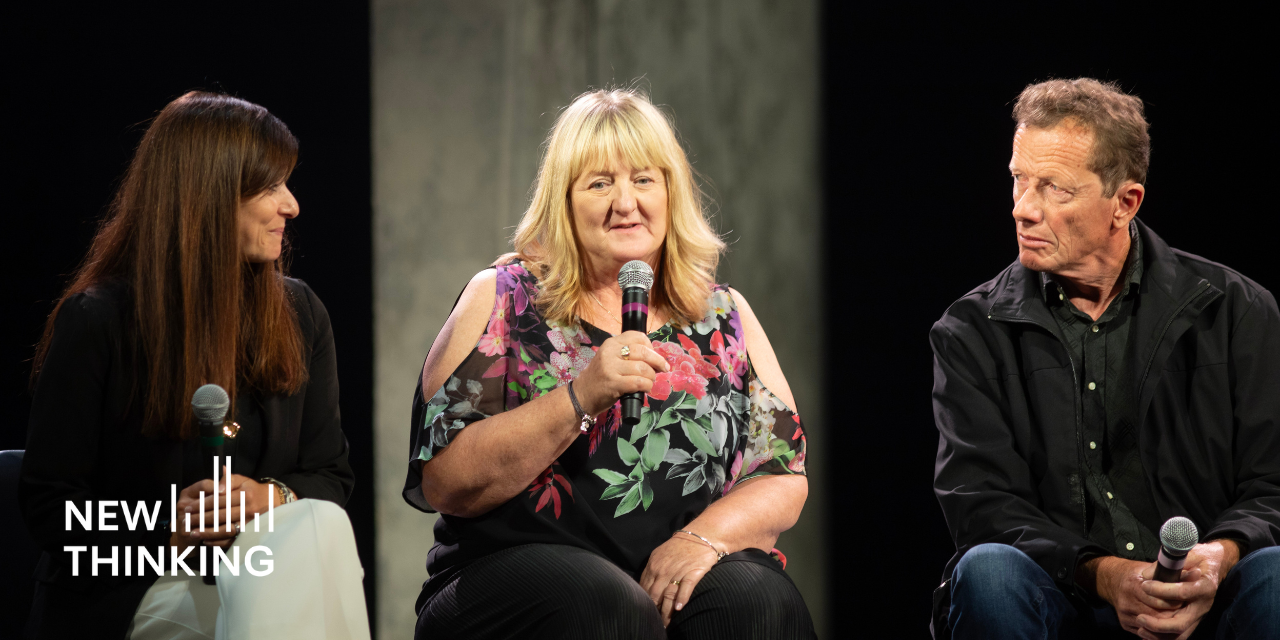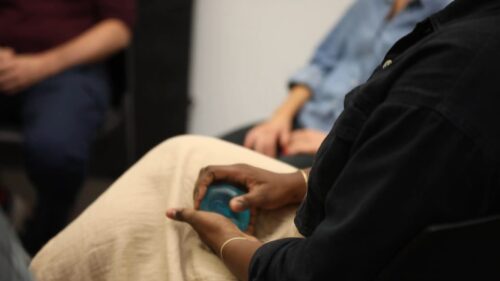Dan Weitz oversees dispute resolution programs for the New York court system. Weitz spoke with the Center for Court Innovation’s Carolyn Turgeon about mediation.
How would you describe alternative dispute resolution?
The best way to explain it is: think of alternative dispute resolution as being a menu of processes that people could choose from to resolve their disputes. And on the menu you’ve got different items. You’ve got mediation and you’ve got arbitration. Arbitrators are like judges: they make decisions and render awards that are typically binding on the parties. Mediators are not arbitrators. They don’t make decisions, they don’t tell people what to do. They help people negotiate. The end result of a mediation is typically a contract or an agreement between the parties, as opposed to a judgment or an award. And there’s other hybrids. There are summary jury trials, where juries hear abbreviated case presentations and render non-binding verdicts that provide a reliable basis for settlement discussion. There’s another process called early neutral evaluation, where people make abbreviated presentations somewhat like they would before an arbitrator, and the neutral evaluator tells you what’s good and bad about your case and maybe predicts a likely court outcome. That usually leads to settlement.
What is the philosophy behind mediation?
A process like mediation leaves more control over both the process and outcomes with the parties. The mediator’s job is to help people share information and to listen to each other, to identify issues and come up with options—and hopefully the options come from the parties. The intent is to give the parties the opportunity to resolve disputes on their own terms and in a matter that’s usually fairly creative. The remedies that are available in mediation are often broader than what a court can order. So you see mediation used in complex commercial cases where you have significant business interests and the parties want to preserve a relationship. It’s not just about saving time or money. It’s about preserving relationships, trying to come up with a win-win creative solution that’s tailored to the specific needs of the parties.
You see it in family cases, particularly with parenting issues, where having a custody battle in which one parent wins and one parent loses doesn’t bode well for the future relationship of the parties. So it’s not only in the parents’ interest but in the child’s best interest to do everything we can to encourage the parents to work it out themselves. And if they can come up with a parenting plan that they agree to, they’re more likely to stick to it so the outcomes are more durable and lasting.
The same with the community cases. There are over 50,000 cases that go to the community programs state-wide and these are neighbor-neighbor disputes, people with some kind of ongoing relationship. It could be consumers and merchants. It could be landlord-tenant housing disputes. Or they could be multi-party large-scale community disputes. Any situation in which having a winner and a loser in a protracted litigation is not what’s best or most efficient for the parties.
How much does the mediator intervene in the negotiations?
There are different degrees of intervention that the mediators engage in. And there’s a whole philosophical debate in the field about what the role of the mediator is. What it really comes down to is that when the mediator gets really involved in the substance of discussions, offering his or her own opinions, suggesting solutions or otherwise directing people, encouraging them to settle, then that’s starting to look a lot like neutral evaluation or arbitration. While a mediator doesn’t have the authority to impose a decision on the parties, some might say they have the power to, by virtue of their position as a court-appointed mediator. And so there’s a lot that’s been written on why mediators shouldn’t do those things, why they should really just stick to helping people negotiate and talk to each other, with settlement being a by-product of that. In community and family cases you see a more purist approach to mediation, where mediators are truly keeping their opinions out of it and just helping people work out their own solutions. In the complex commercial cases, personal injury cases, where the parties are often represented by counsel and they’re sophisticated and going to make decisions for themselves regardless of what the mediator says, a mediator’s opinion can often help move the case along to some conclusion.
People don’t often listen to each other very well in conflict. Midway through a mediation an atmosphere is hopefully established where people don’t feel judged. They don’t feel as if they’re in the midst of an adversarial process, so they start to feel a little more comfortable sharing information, which makes the dialogue that much more productive. And then you get into more problem solving. You encourage brainstorming. Often people bury proposals in a sentence that includes insults, and a mediator’s job is to recognize those buried proposals. So a person can say something like, “I would consider letting you see the children on a regular basis, but I don’t like the way you talk to me, or the way you treated me two Thanksgivings ago.” Typically the listener’s response to that is something like, “Oh you want to bring up Thanksgiving from two years ago?” and they engage in an argument. In contrast, the mediator heard that you’d be willing to come up with an accommodating schedule, but there are a couple of issues you want to get off your chest first. So these are the things a mediator is listening for, which are different from what an arbiter or a judge is listening for. What it’s really all about is quality of justice, coming up with the best solution for both parties.
March 2005

